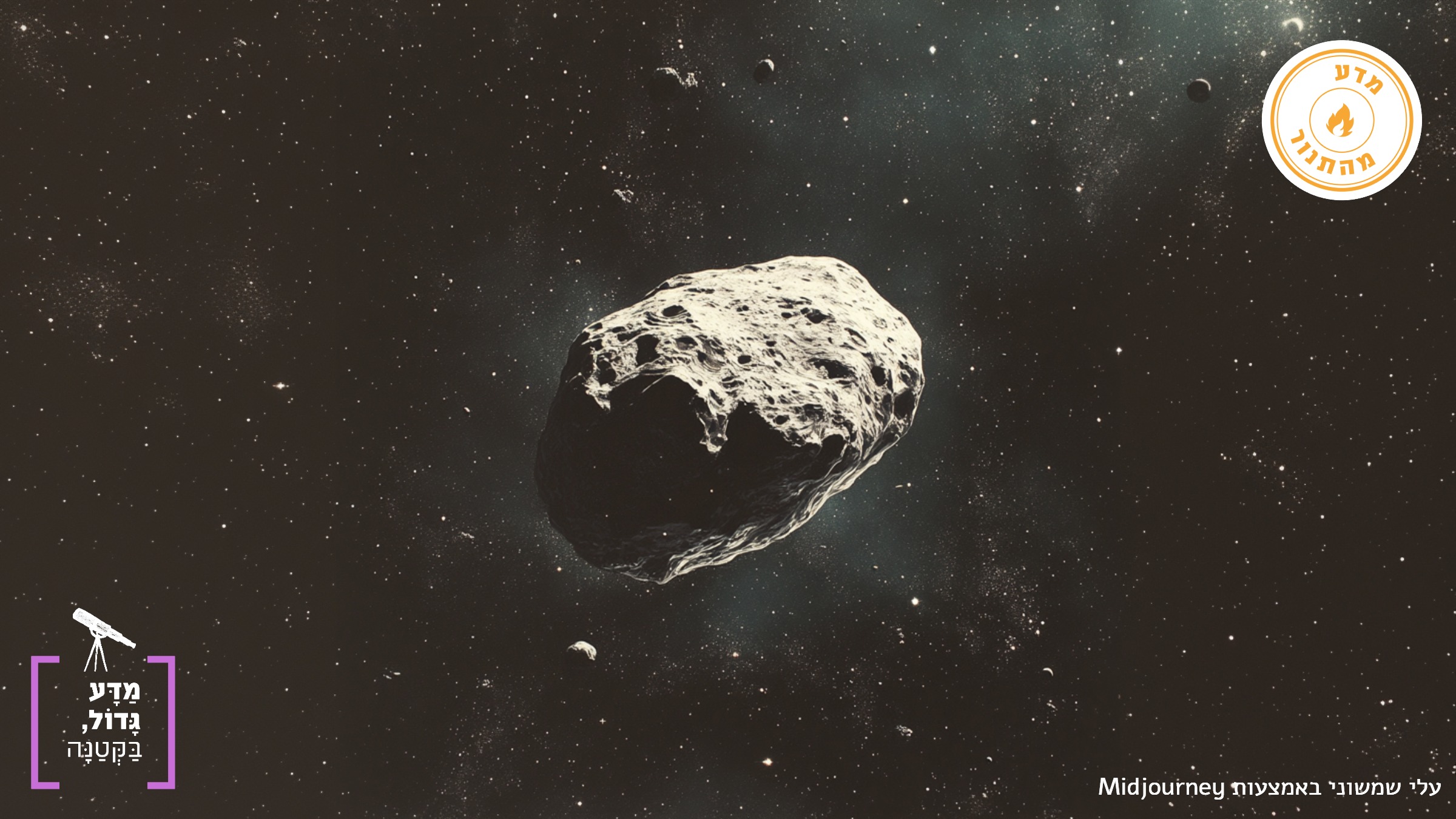2024YR4 Will Not Destroy Us
04/03/2025

Recently, there has been talk about an asteroid that might hit the Earth. The impact probability was estimated to be high—reaching up to 3.1%! Why do these probabilities constantly change? And how did they suddenly drop to nearly zero?
Recently, we have heard a lot about the asteroid 2024YR4. It was discovered in December 2024 and was immediately classified as very dangerous, with a Torino rating of 3. The Torino scale indicates the threat posed by asteroids and weighs the likelihood of collision along with the potential impact energy. In this case, the asteroid is not large; its diameter is only 55 meters (slightly larger than the Statue of Liberty) [1]. Therefore, it can cause damage roughly limited to the radius of a city. So why is 2024YR4 considered dangerous? It is because its probability of impacting Earth was estimated to be very high, reaching a maximum of 3.1% at the time of writing. But what is the true impact probability, why does it change constantly, and how? What does it imply for the future of some city in South America or Central Africa?
From observations made by space agencies such as NASA and ESA (the European Space Agency), the current position and velocity of an asteroid can be measured. We input the asteroid’s position into equations of motion that take into account the gravitational pull of the Sun and also weigh other bodies in its path, thereby estimating where it will be in 8, 10, and 20 years. With calculations, we can check whether the asteroid’s future trajectory will hit the Earth.
But like every measurement in reality, this measurement also has an error margin. For example, suppose we measure the asteroid’s distance from the Sun and find it to be 150 million kilometers. There might be an error of plus or minus one thousand kilometers. We do not know exactly where the asteroid really is—it could be at the measured position, or it could be anywhere within that range of kilometers. One can imagine a cloud of possible positions about two thousand kilometers in size, within which, somewhere, lies our asteroid.
If we want to know where the asteroid will be in 8, 10, and 20 years, we must propagate not only its position forward in time but also its uncertainty—that is, the cloud. One can imagine taking each of the positions in this cloud and advancing them in time, thereby obtaining a cloud corresponding to 8 years from now, or one corresponding to an additional 10 years. Over time, the uncertainty grows, because the possible trajectories diverge from each other. This means that the potential location of the asteroid spreads out and forms a larger cloud.
This can be compared to shooting an arrow at a target in a strong wind. At the beginning of its trajectory, the arrow moves in a clear direction, but as it progresses, the wind unpredictably affects it and causes it to deviate in different directions. If we try to predict in advance where it will hit, we will see that the range of possible impacts only increases with distance. And if we do not know from where the shot is fired—the prediction becomes even more difficult.
A few months ago, it was observed that in 8 years some of the trajectories within the cloud would hit the Earth. On February 19, 2025, this accounted for 3.1% of the trajectories. The collision probability represents the relative fraction of the asteroid’s possible positions that would result in an impact with Earth. When the discussions about the asteroid first began, its collision probability was 1.5%, and then it rose to 3.1%. Today, it has again dropped to nearly 0. Why did the probability rise so sharply and then vanish? It is because initially, when the uncertainty is small, the initial cloud is small—and so is the 8-year-ahead cloud. It is not that the number of future trajectories decreased, but rather that the trajectories became more concentrated. In the arrow analogy, it is like when we know from where the arrow was shot, then we have a better estimate of where it might go. Due to the concentration of trajectories, the collision probability increases when the uncertainty is small. Later, when the initial positional uncertainty decreases even further, the cloud becomes so small that Earth is no longer within it. In this state, there are almost no trajectories that reach Earth, and the probability drops to nearly 0 (see Figure 1 below).
Next month, NASA will reposition the JWST telescope for further measurements of the asteroid’s position and size. The telescope is located in space, just beyond the Moon, and it has enormous optics. Therefore, its measurements—especially of the asteroid’s size—will be better than those made near Earth, which are affected by its glare. Then, around May, we will lose contact with the asteroid because it will hide behind the Sun or be too far away to measure. The next time we will see it will be in 2028, 4 years before the estimated collision. And what if the uncertainty shrinks significantly and it suddenly turns out that the collision probability remains high in 2032? Then NASA will send a spacecraft to alter the asteroid’s course, as they did in the DART mission [2].
Sources:







